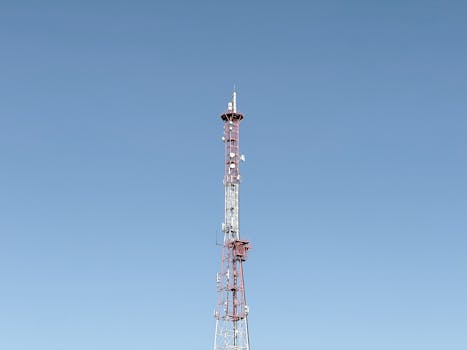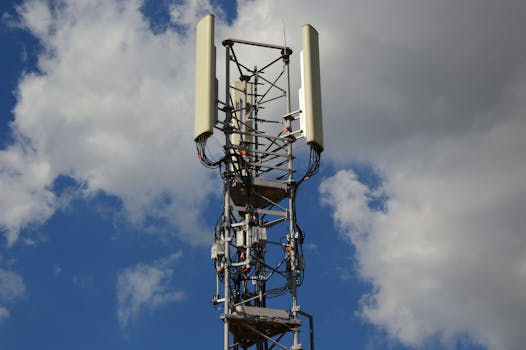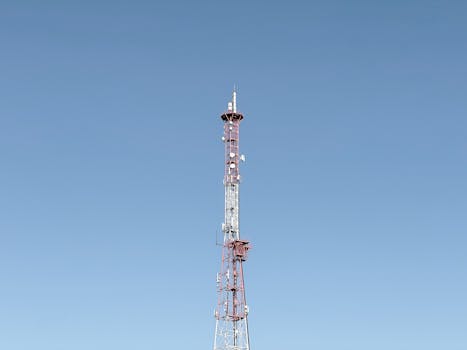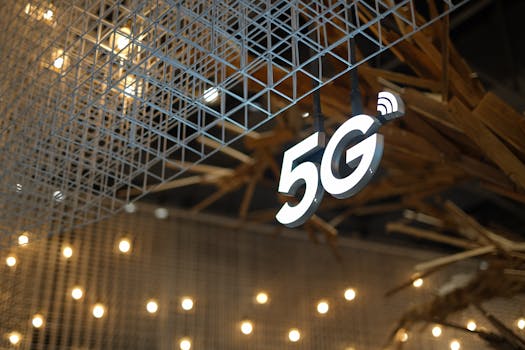
Comparative Analysis of 4G vs. 5G Performance Metrics
Comparative Analysis of 4G vs. 5G performance metrics is crucial in understanding the key differences between the two wireless network technologies. Comparative Analysis of 4G vs. 5G performance metrics has become a significant area of research in recent years, as the world transitions from 4G to 5G networks.
Introduction to 4G and 5G Networks

4G, or fourth-generation, networks were introduced in the late 2000s and offered significant improvements over 3G networks, including faster data speeds and lower latency. However, with the increasing demand for high-speed data and low-latency applications, the need for a new generation of wireless networks arose, leading to the development of 5G networks.
Comparison of 4G and 5G Performance Metrics

The key performance metrics for 4G and 5G networks include speed, latency, and capacity. 4G networks have a theoretical maximum speed of 100 Mbps, while 5G networks can reach speeds of up to 20 Gbps. In terms of latency, 4G networks have an average latency of around 50 ms, while 5G networks can achieve latencies as low as 1 ms.
Speed Comparison

The speed of a wireless network is measured in terms of its data transfer rate, typically expressed in megabits per second (Mbps) or gigabits per second (Gbps). The speed of a network determines how quickly data can be transferred over the network, making it a critical performance metric for applications that require high-speed data transfer, such as video streaming and online gaming.
Latency Comparison

Latency, also known as lag, refers to the time it takes for data to travel from the user’s device to the network and back. Lower latency is essential for applications that require real-time communication, such as video conferencing and online gaming. 5G networks have significantly lower latency compared to 4G networks, making them more suitable for real-time applications.
Capacity Comparison

The capacity of a wireless network refers to the number of users it can support and the amount of data it can transfer simultaneously. 5G networks have a much higher capacity than 4G networks, thanks to the use of advanced technologies such as massive MIMO and beamforming. This means that 5G networks can support a larger number of users and transfer more data simultaneously, making them more suitable for high-density areas such as cities and stadiums.
Conclusion

In conclusion, the comparative analysis of 4G vs. 5G performance metrics shows that 5G networks offer significant improvements over 4G networks in terms of speed, latency, and capacity. As the demand for high-speed data and low-latency applications continues to grow, the importance of 5G networks will only continue to increase. As such, it is essential for wireless network operators and users to understand the key differences between 4G and 5G networks and to plan for the transition to 5G networks.

